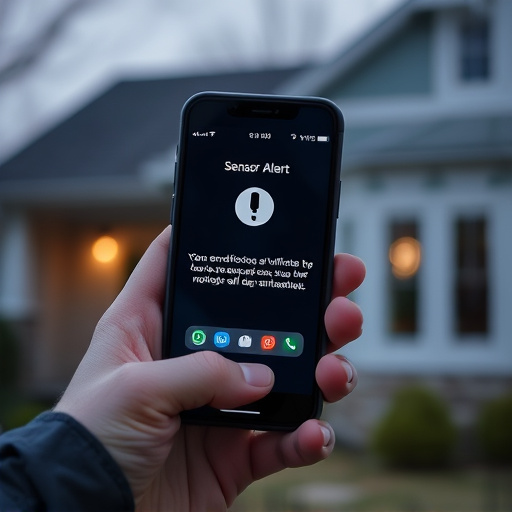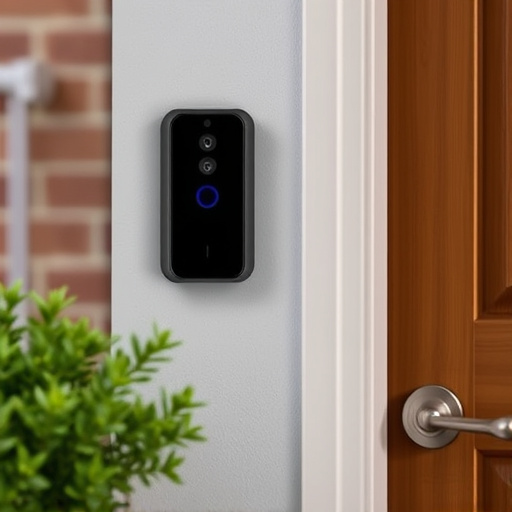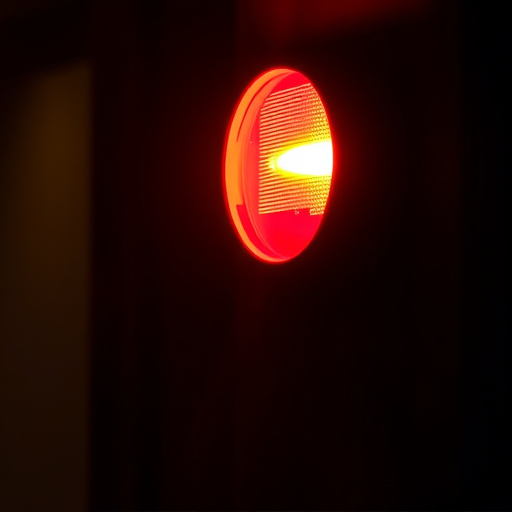By 2030, wearable tech will revolutionize personal safety through AI-driven smart clothing and accessories. These devices monitor vital signs, detect falls, and alert emergency services proactively. Future trends focus on enhancing comfort, style, data privacy, and integrating health monitoring into everyday wearables. Key innovations include automatic distress alerts, seamless communication with aid systems, and a shift from physical barriers to connectivity in personal safety developments, benefiting diverse users in urban environments.
The future of personal safety is here, shaped by innovative technologies transforming how we protect ourselves. From wearable devices that monitor health and detect falls to augmented reality (AR) simulations enhancing workplace safety training, emerging safety products are revolutionizing our approach to security. Biometric authentication, sustainable materials, and AI-driven predictive analytics are among the trends redefining protection gear. Discover the latest developments in personal safety innovations that promise smarter, safer futures.
- Wearable Technology: The Future of Personal Safety
- – Exploring the rise of smart and connected safety gear
- – Health monitoring and fall detection sensors
- – Integration with emergency services and personal support networks
Wearable Technology: The Future of Personal Safety

Wearable technology is poised to revolutionize personal safety in the coming years, emerging as a game-changer in the realm of protection gear. These innovative devices go beyond traditional safety products by seamlessly integrating advanced sensors and connectivity features into our daily lives. By 2030, we can expect smart clothing and accessories equipped with AI capabilities to become mainstream, offering real-time monitoring and proactive alerts for various dangers. For instance, wearables could detect unusual physical movements indicative of an accident or assault and automatically notify emergency services, significantly enhancing response times.
The future safety trends in wearable technology focus on improving user experience while ensuring data privacy. Developers are creating more comfortable, stylish, and customizable designs to encourage widespread adoption. These devices will learn individual patterns, adapt to specific environments, and provide tailored safety solutions. For example, a fitness tracker might detect an erratic heart rate during a workout, suggesting the user take a break or seek medical attention if necessary. This integration of health and safety monitoring in everyday wearables has the potential to save lives and foster a culture of proactive personal well-being.
– Exploring the rise of smart and connected safety gear
The future of personal safety is being reshaped by smart and connected technologies, revolutionizing the way individuals protect themselves in their daily lives. Emerging safety products are no longer passive but actively engage with users, providing real-time data and intelligence to enhance overall security. From wearable devices that monitor vital signs and detect falls to intelligent home systems that alert owners of potential intruders, these innovations offer unprecedented levels of protection.
As technology continues to advance, we can expect even more sophisticated personal safety developments. Wearables will become more integrated with our smartphones and other smart devices, allowing for seamless communication during emergencies. Additionally, artificial intelligence and machine learning algorithms will play a crucial role in analyzing patterns and predicting potential risks, enabling proactive measures for individual safety in the ever-evolving digital landscape.
– Health monitoring and fall detection sensors

In the realm of personal safety, health monitoring and fall detection sensors are emerging as game-changers for the future. These innovative safety product technologies are designed to revolutionize protection gear by offering continuous, real-time data on an individual’s well-being, particularly focusing on elderly care and at-risk populations. By integrating advanced sensors into wearable devices, these products can detect falls, monitor vital signs like heart rate and body temperature, and even track activity levels, ensuring immediate assistance is available when needed.
Personal safety innovations such as these are paving the way for a more proactive approach to well-being, moving beyond traditional reactionary measures. As technology continues to evolve, we can expect to see further developments in wearable safety gear that seamlessly blend functionality with comfort and style, catering to diverse user needs in an increasingly digital world. These emerging safety products hold immense potential to enhance personal safety across various demographics.
– Integration with emergency services and personal support networks

As personal safety product trends evolve, integration with emergency services and personal support networks is becoming increasingly vital. Future safety trends are focused on seamless connectivity between individuals and crucial aid systems. Emerging safety products are now equipped with technology that enables automatic alerts to local emergency services in case of distress, ensuring prompt response times. This integration leverages smart devices and wearable technologies to facilitate real-time communication, a significant advancement in the realm of personal safety developments.
The future of protection gear is not just about robust physical barriers but also about enhancing connectivity and accessibility to support networks. Safety product technology is designed to empower users by providing immediate assistance during emergencies, leveraging data and innovative solutions to create a more responsive and effective safety net. This shift towards integration promises enhanced security, particularly in urban settings where hustle and bustle can sometimes obscure critical signals for help.






